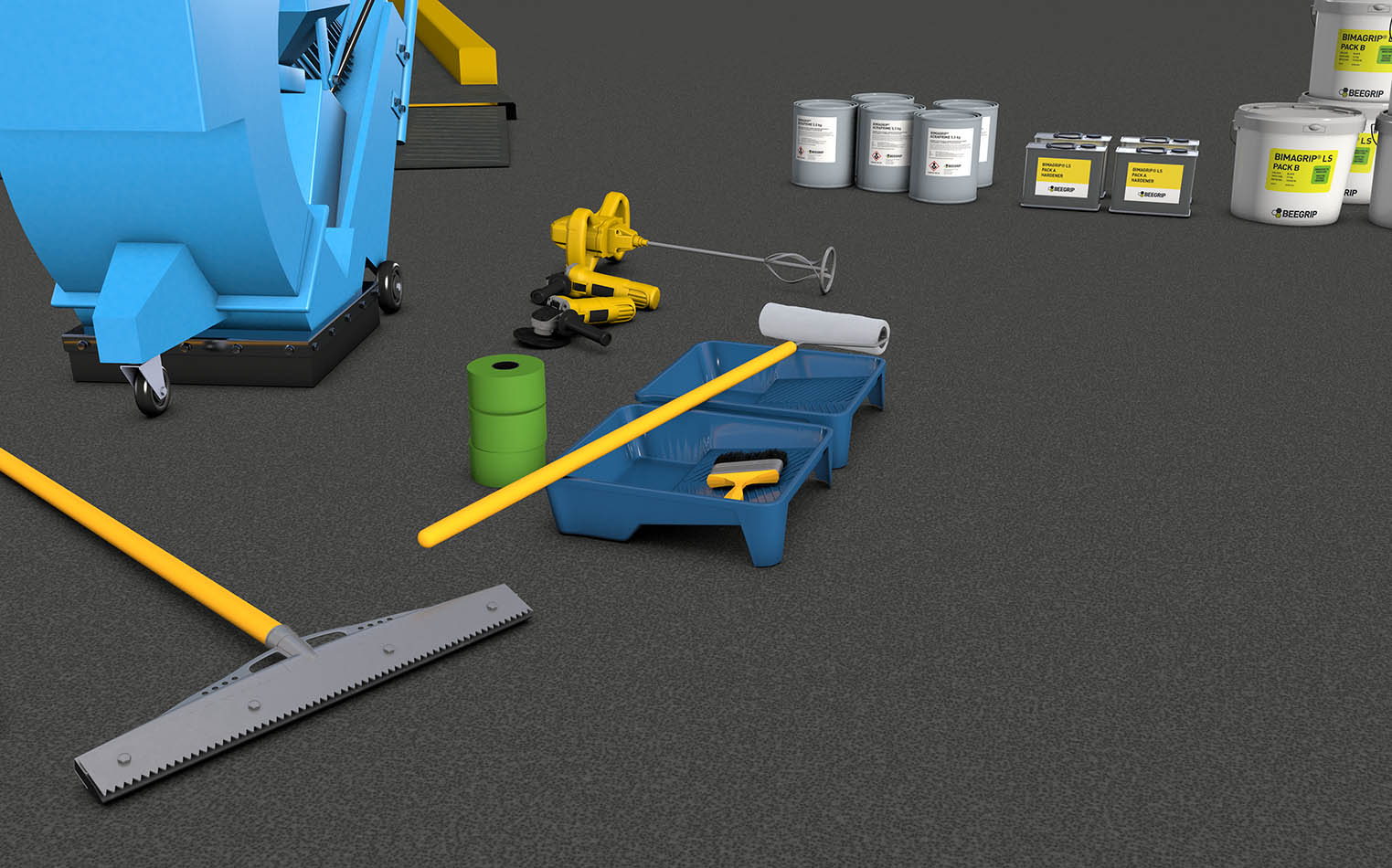
In June, The Guardian reported on Seabound — a UK startup building container-sized units that capture carbon directly from ships’ exhausts. These quicklime-filled modules, tested on routes including the Suez Canal, claim to remove up to 78% of carbon and 90% of sulphur from exhaust gases.
The article highlighted Seabound’s rapid rise, from prototypes in east London to full-scale shipboard trials, backed by millions in funding. It also raised concerns: quicklime production itself is highly carbon-intensive, meaning the solution could risk offsetting its own benefits. Critics further warned that retrofits like these must not delay the industry’s shift towards truly sustainable fuels.
Looking beyond the headlines
It’s no surprise that as a business, we spend a lot of time reading the news. The first time it really mattered to me, as a fairly new member of the Beegrip team, was during Brexit.
We buy raw materials from the UK wherever we can — as a matter of pride — but sometimes the items we need are only available from Europe. As we watched the changes of Brexit unfold, I wanted to understand every detail, to make sure we could still source what we needed to manufacture BIMAGRIP® anti-skid. Not only to manufacture it, but to dispatch it reliably to the customers who depend on it in their civil and marine projects.
Since then, my focus has turned to sustainability. When I research a topic, I tend to go deep — and the Sustainable Shipping Initiative has been no exception.
At Beegrip, we’ve always believed that a product which does what it says it will do, for as long as it says it will, is sustainable. We aren’t in the business of short-termism. We often spend a long time with our customers planning projects, making sure things are done properly, and only once.
That’s why this article recently caught my eye. At first glance, it described a breakthrough: a material that could capture all of a vessel’s carbon emissions as they are created. If I owned a shipping line: I’d be first in line to try it.
But when I read the piece again, it had been updated. The same material, it turns out, is itself highly energy intensive. The exact figures weren’t clear, but the author cautioned that before shipbuilders rush to sign up, they should weigh whether the cure might be just as costly as the disease — especially with the IMO’s 2050 net-zero target looming.
Why does this matter to us?
Because any solution we invest in to protect the future of our planet must be well tested, well thought through, and proven to last. That’s the same approach we take to anti-skid. Durable products, designed for the long term, built on careful planning.
In manufacturing, as in sustainability, the goal isn’t just to find the fastest fix. It’s to find the right one.
Original article: The Guardian — Global shipping emissions: invention promises clean-up of cargo fleets







.jpeg)






